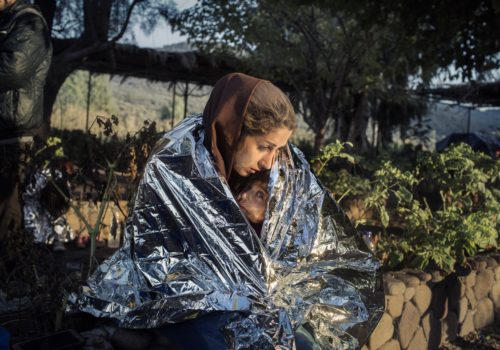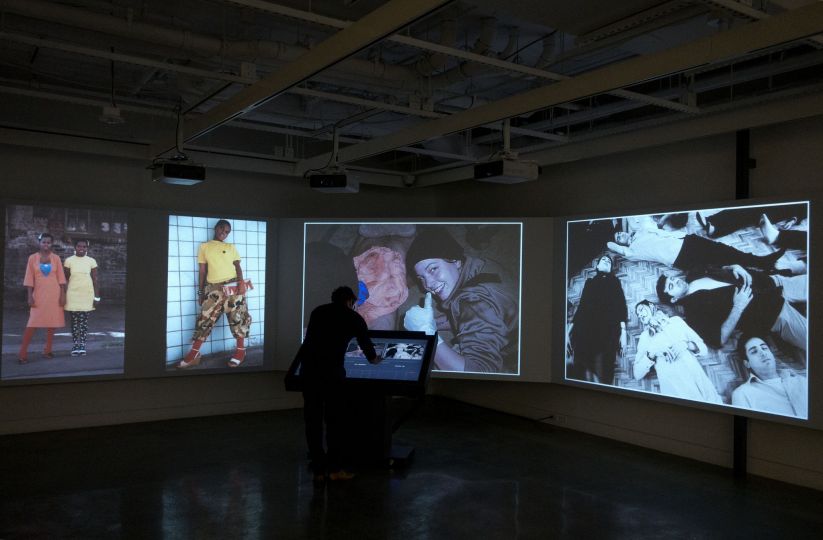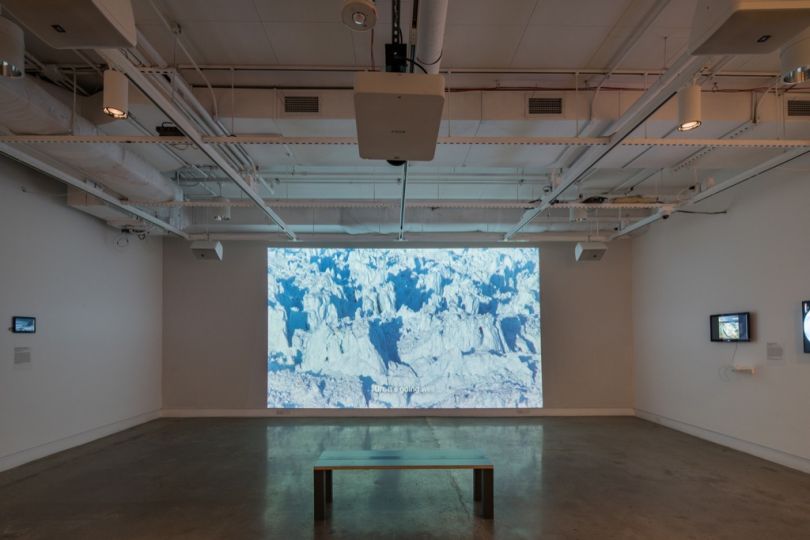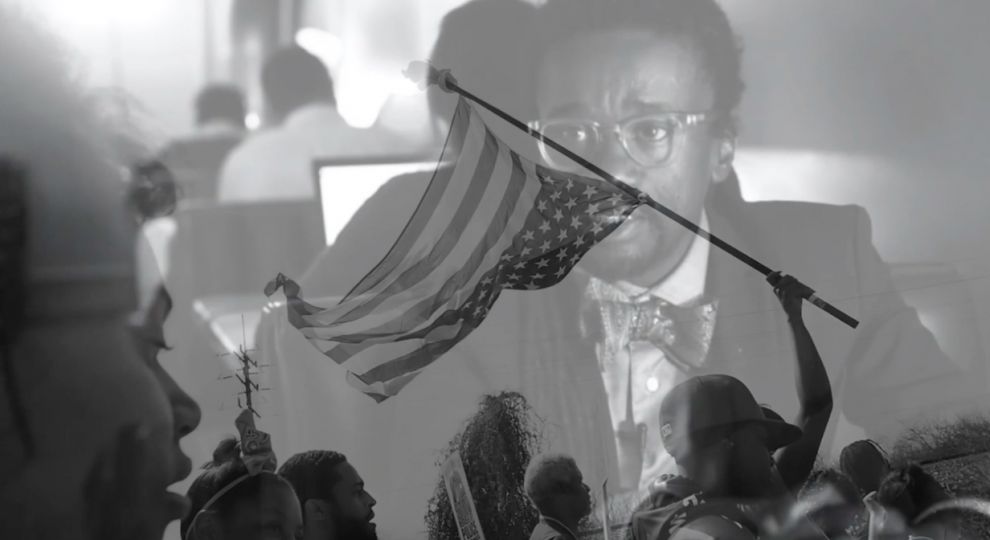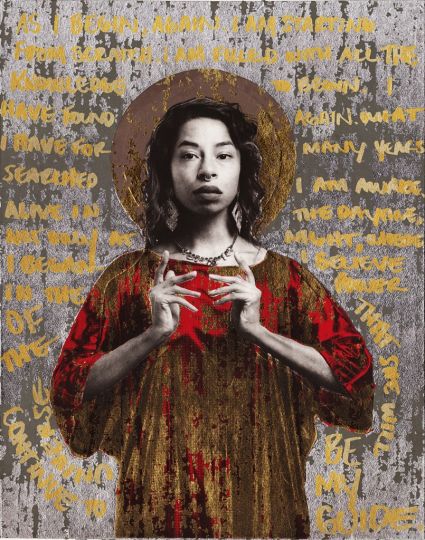Over the last two years, almost 1.5 million people, fleeing war and persecution, crossed the Mediterranean in unseaworthy boats bound for Europe. The largest number fled the war in Syria, but asylum seekers also came by the tens of thousands from Afghanistan, Iraq, Nigeria, and Eritrea, among other countries. The well- documented perils of the Mediterranean crossing—over five thousand drownings in 2016 alone—as well as the photographs of desperation at borders in the Balkans and in camps in France, have created an unprecedented visual record whose meaning is shaped by the politics and agendas of the beholders, all at the speed of the Internet.
A metaphor of inundation is frequently invoked in the language and images surrounding migration—we speak of “floods” and “tides” of migrants, and view images of lines and crowds and masses of people. The event is imbued with fear, a sense of inevitability and loss of control. The crisis also coincides with the rise of xenophobic sentiment in major democracies. Mapping various visual tropes and instances of virality, this module considers refugees in virtual space, and the traces they leave, in terms both ideological and practical.
It includes images made by photojournalists, which sometimes render the refugee as an icon of suffering. Such depictions carry through from photographs of the great human displacement following World War II, with which the present situation in Europe is constantly compared.
It also includes images that have sparked a near-instant virality, fleetingly igniting the world’s attention, yet burning deeply enough in virtual space to affect real-world policies. Some content circulates on robust networks not visible to the public at large: the surveillance systems of governmental bodies, and the networks of migrants themselves, whose smartphones are survival tools.
Organized by Joanna Lehan
Perpetual Revolution: The Image and Social Change
January 27 to May 7, 2017
International Center of Photography
250 Bowery
New York, NY 10012
USA

